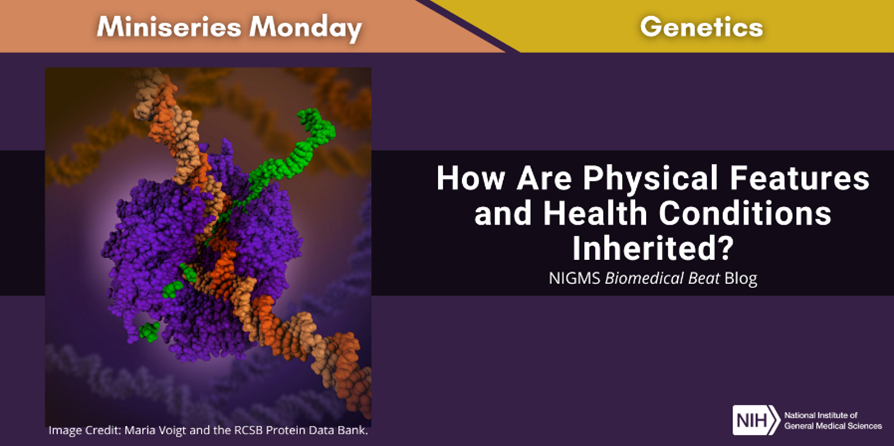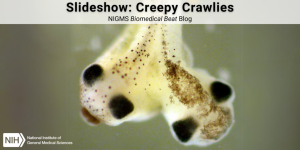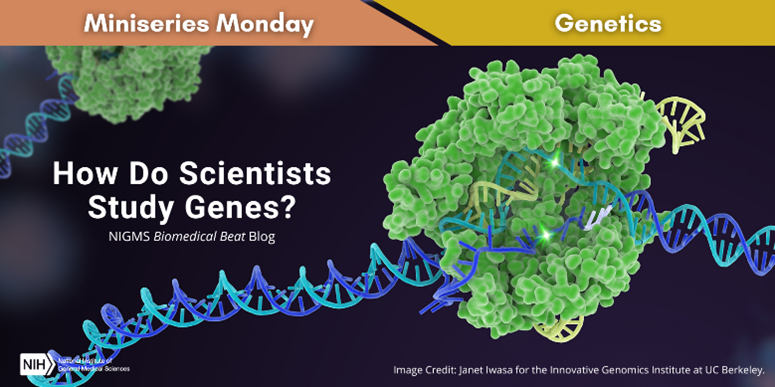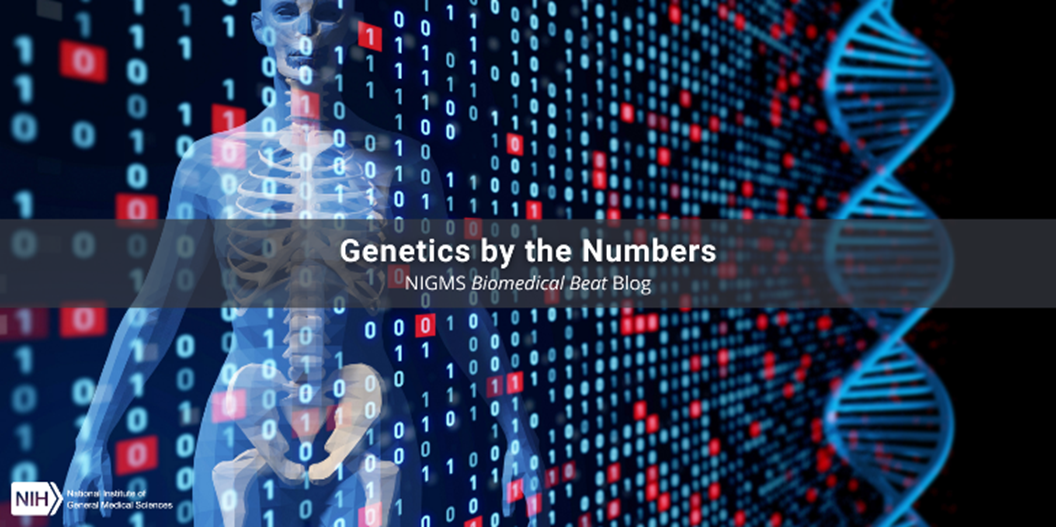Have you ever been told that you have your mother’s eyes? Or maybe you’ve found that you and your father share a condition such as asthma? People who are biologically related often have similarities in appearance and health because they have some of the same genetic variants. However, you’ve likely noticed that siblings with the same biological parents can differ significantly. Each person’s genome is a combination of DNA from both of their parents, but siblings’ DNA can differ because of the mixing and matching involved in creating reproductive cells.
Genetic Mix and Match
Most cells in the human body contain a person’s full genetic blueprint, which usually consists of 23 pairs of chromosomes. But reproductive cells—eggs and sperm—normally receive only one of each chromosome so that, once they combine, the fertilized egg will contain the 23 pairs needed for typical development.
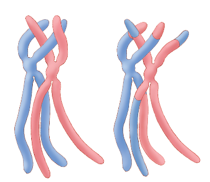
The process that creates reproductive cells, with only one copy of each chromosome, is called meiosis and includes a step known as crossing over. During this step, DNA mixes between the paired chromosomes. As a result, the chromosomes in one of a person’s reproductive cells may differ from those in another, meaning siblings can receive very different genetic inheritances.
In addition to the 23 pairs of chromosomes stored in a cell’s nucleus, there’s also a small amount of DNA in mitochondria—organelles within cells that produce energy. This mitochondrial DNA includes 37 genes that provide instructions for building molecules essential for mitochondria to work properly. Mitochondrial DNA is almost always inherited through the egg cell, meaning it’s inherited from just the person’s mother. Although both egg and sperm cells contain mitochondria and their DNA, the mitochondria from the sperm are usually destroyed after fertilization.
Gene Expression
Cells build and maintain our bodies using our DNA as blueprints. A process called gene expression plays a key role in the progression from genotype—the genes a person has—to phenotype, someone’s observable traits, such as physical features and health conditions. Expression has two main parts: transcription and translation.
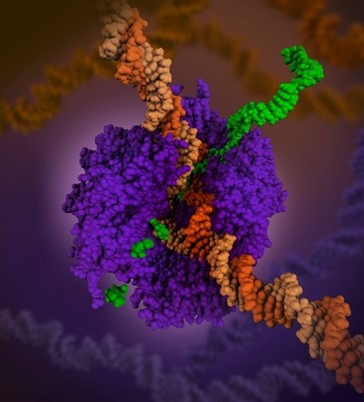
In transcription, RNA polymerase copies the information from the gene to create messenger RNA (mRNA) from building blocks called nucleotides. In translation, the mRNA created during transcription passes through a cellular “machine” called a ribosome. The ribosome reads the sequence of nucleotides as instructions from which it builds a protein out of amino acids.
Because the instructions found in our genes directly dictate how proteins are made, variations in the gene sequence can lead to differences in the protein structure and ultimately its function and observable traits. Proteins perform a huge variety of tasks in the human body, from breaking down food to communicating messages between cells. They also determine the color of our eyes: The protein that’s coded for by the OCA2 gene, known as the P protein, is involved in the maturation of cellular structures that produce and store a dark pigment called melanin that colors the eye. High amounts of functional P protein lead to dark eyes, while low amounts result in light eyes.
How much functional P protein a person produces is determined by which OCA2 variants they have and how those variants are expressed. Researchers believe that a wide range of traits and health conditions, including asthma, involve the expression of many genes. For some traits and conditions, a person’s environment may also play a role.
Although scientists are still exploring the complex causes of many characteristics, by understanding genetic inheritance and expression, we can recognize not only why people in a family may share a trait like eye color, but also how it originates at the molecular level.
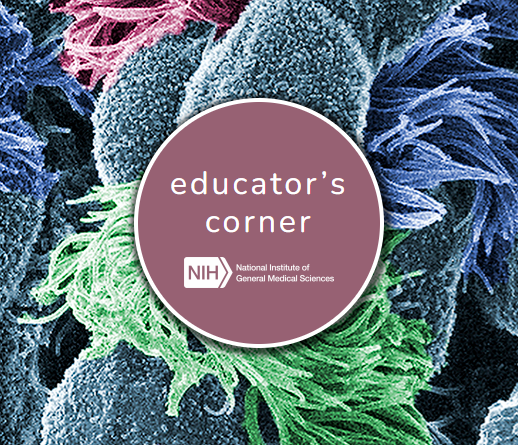
Find the teaching activity that corresponds with this post in our Educator’s Corner.


